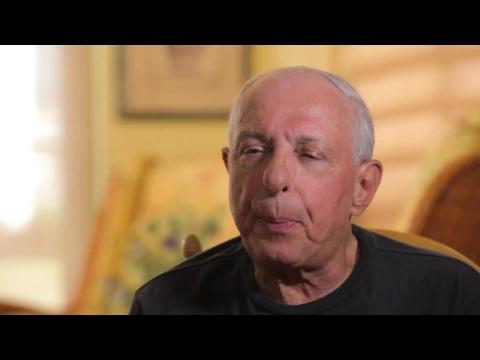Diagnosing Failed Back Surgery Syndrome
In order to find the best option for back pain relief, our doctors will need to take you through a comprehensive workup. This could include any or all of the following:
- Taking your medical history. This includes assessing your current symptoms, previous back pain treatments, and what kind of care you’ve received for your back pain in the past.
- A physical examination. Your spine specialist will do a careful exam that looks for limits to your range of motion, issues with your balance, and identifying pain points. They will also examine your reflexes, identify muscle weakness, or any other signs that could indicate spinal cord damage.
- Testing. Your spine specialist might wish to have x-rays done on your back to look for signs of infection or other issues. They may also wish to have a CT scan or MRI done in order to give them a 3D view of the spine. This can help them identify problem areas such as herniated discs.
Treatment Options for Failed Back Surgery Syndrome
Finding the right back pain treatment for sufferers of Failed Back Surgery Syndrome can be difficult, but your spine specialist will work with you to develop a care and treatment plan to help pinpoint and treat the affected area of your back. We offer numerous options for back pain relief, including:
Least Invasive Procedures
- Transforaminal Endoscopic Discectomy – This procedure is used to treat damaged spinal discs using an endoscope. The surgeon will relieve any pressure that’s being caused by the discs on the spinal nerves.
- Endoscopic Foraminalplasty – This procedure is used to treat the foramen, the space where nerves enter and exit the spine. This opening can because smaller and begin to put pressure on the nerves. A spinal surgeon can enlarge the foramen and decompress the nerves.
- Endoscopic Nucleoplasty – This procedure treats tiny tears in the annular wall of the spinal discs. These tears can be innervated and create back pain. Using an endoscope, a spinal surgeon will look for the tears, ablate the nerves with a radiofrequency probe, and then seal up the tear.
- Endoscopic Rhizotomy – This procedure is useful for patients who can lean forward without back, but experience intense pain when trying to lean backwards. If you have had a percutaneous medial branch rhizotomy with some success, this procedure could benefit you. A spinal surgeon will ablate the medial nerve, providing better long-term results than a traditional percutaneous medial branch rhizotomy.
- Spinal Cord Stimulator – Under local anesthesia, an electrical current is sent to the spinal cord. The electrical current interrupts the pain signals being sent to the brain by the nerves.
Regenerative Medicine
- Stem Cell Therapy – With Stem Cell Therapy, stem cells are injected to specialize into specified cells, heal damaged cells, and repair the damaged portion of the spine.
- Platelet Rich Plasma Treatment – Platelet Rich Plasma Treatment uses the natural healing components in the platelets in our blood to repair damaged areas in the spine.
Understanding the Long-Term Diagnosis of Failed Back Surgery Syndrome
In some cases, failed back surgery syndrome may be a condition that requires living with a long-term diagnosis. This situation occurs when a major neurological deformity or condition developed as a result of the original back or spine surgical procedure. But many cases can be treated successfully with either conservative or surgical treatment options.
Recovery Time After Treatment for Failed Back Surgery Syndrome
After surgery to correct failed back surgery syndrome, your body will need time to heal. The time required will depend on various factors, including the nature of the FBSS surgery you had. A minimally invasive spine procedure at Spine INA will have a relatively short recovery period, and you should be able to return to your normal activities within a few weeks.
Success Rates for Treating Failed Back Surgery Syndrome?
The success rate for FBSS depends on the kind of treatment option used. When employed with proper diagnosis, non-surgical options like spinal cord stimulation tend to offer a higher success rate than opting for a second operation. But a surgical solution will be necessary if the FBSS has resulted in serious motor weakness or loss of bladder or bowel function in the patient.
Contact Spine INA now for more information about treatment options.









